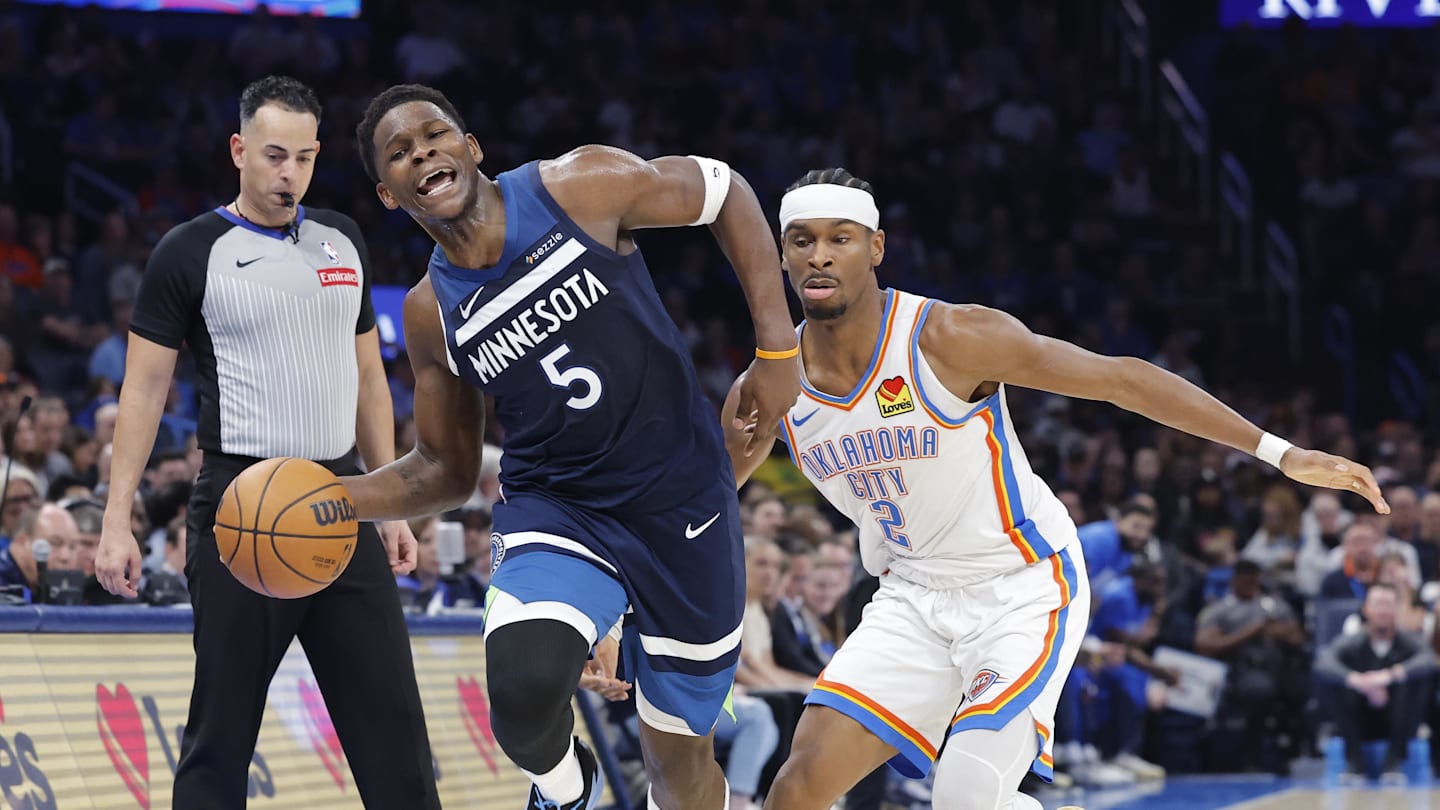Adidas lifted by sales of Samba, Gazelle shoes while North America lags, ET BrandEquity


Sales growth in its home market of Europe helped drive Adidas’ strong first-quarter results, while North America was a weak spot as retailers remain overstocked, the German sportswear brand said on Tuesday.
Adidas has been on a turnaround journey since a damaging breakup with rapper Ye ended its highly profitable Yeezy shoe line and it reported a loss for 2023, but the company’s sales have recently been boosted by the popularity of its “terrace” shoes such as the Samba and Gazelle.
Adidas CEO Bjorn Gulden said the lifestyle business drove sales in the first quarter, and that demand for terrace shoes was still growing, helping drive sales up 14% in Europe.
“The demand for our product, especially in footwear is very, very high in our home market,” Gulden told reporters on a call.
Overall, Adidas’ footwear revenue jumped by 13% over the quarter.
“Adidas has gone from the one no-one wanted to touch to the brand that has all the positive momentum behind it,” said Marcus Morris-Eyton, portfolio manager at AllianceBernstein, which holds Adidas shares in its European Growth fund.
Shares in Adidas, which have gained 25% so far this year, were down 1% in early trading.
Adidas has taken advantage of a weakening of its much larger U.S. rival Nike, which has lost market share and warned of a sales dip.
On marketplace The Edit LDN, where sneakerheads buy and sell limited-edition shoes, sales of Nike shoes have fallen overall by roughly 30%, while sales of Adidas shoes – which are typically lower priced – have jumped by 80% from last year, founder Moses Rashid said.
Adidas sales grew by 8% in China, while sales in North America, its second-biggest market, declined 4% to 1.12 billion euros ($1.20 billion). In the U.S., like others Adidas has been struggling with excess stock and has cut prices to move products off retailers’ shelves.
“It is reassuring to see the broad geographic spread of the sales performance, with the U.S. weak as expected but a much stronger Europe,” said Adam Cochrane, analyst at Deutsche Bank.
Adidas said it managed to reduce its inventory of footwear and clothing by 22% compared with a year ago. Along with lower sourcing costs, that helped drive Adidas’ gross margin up by 6.4 percentage points to 51.2%, the company said. Operating margin stood at 6.2%, up from 1.1% in the first quarter of 2023.
“The trajectory to get back to double-digit EBIT margins is on track,” Morris-Eyton said, adding Adidas has managed to cut back on discounting, and that terrace shoes are a high gross margin product.
link









